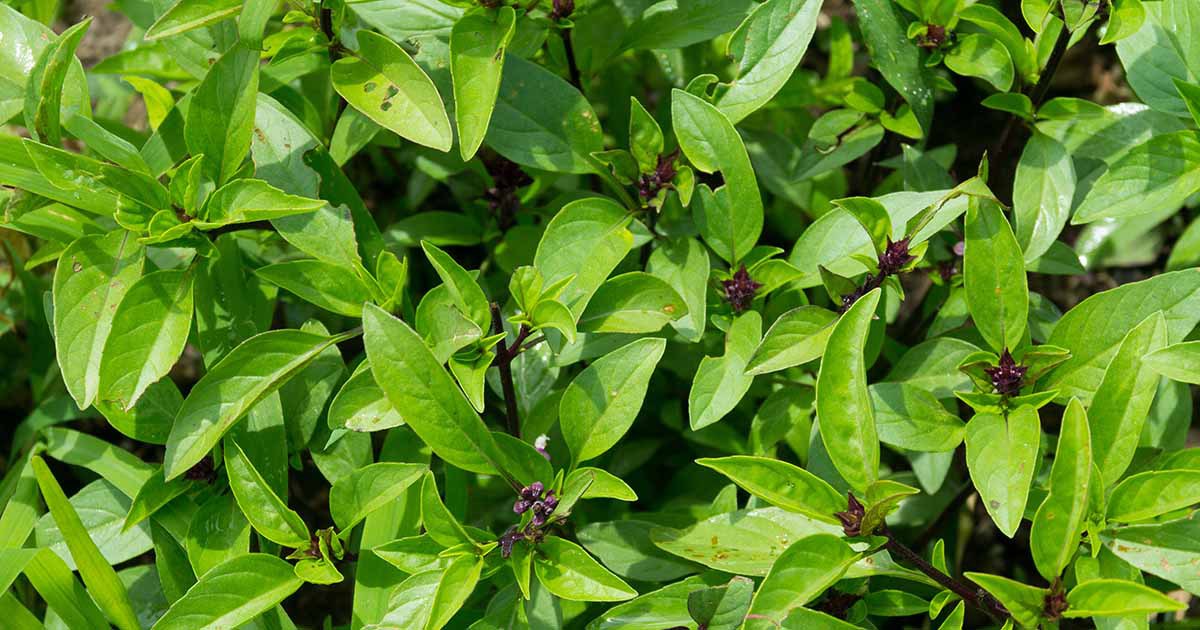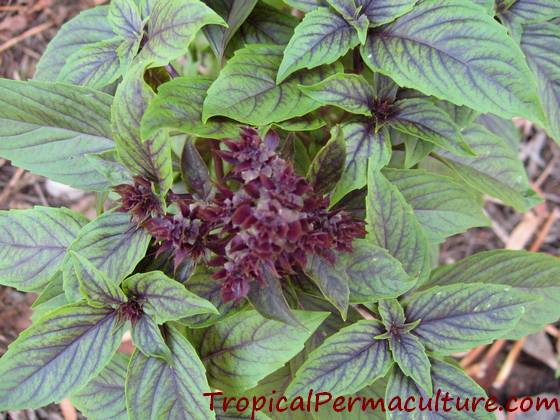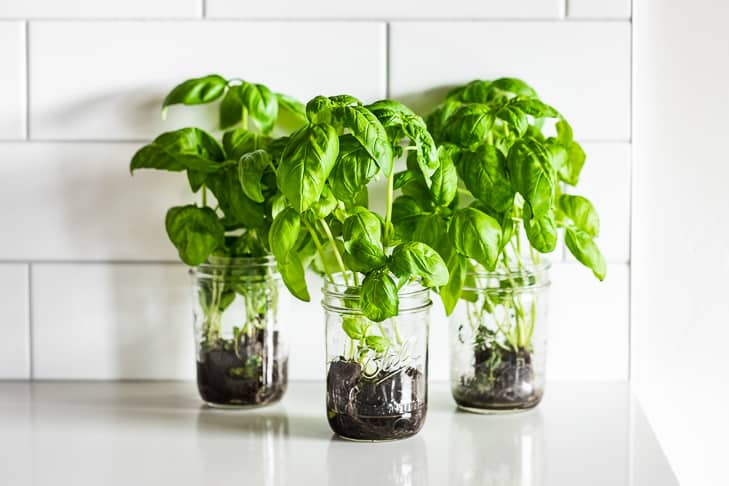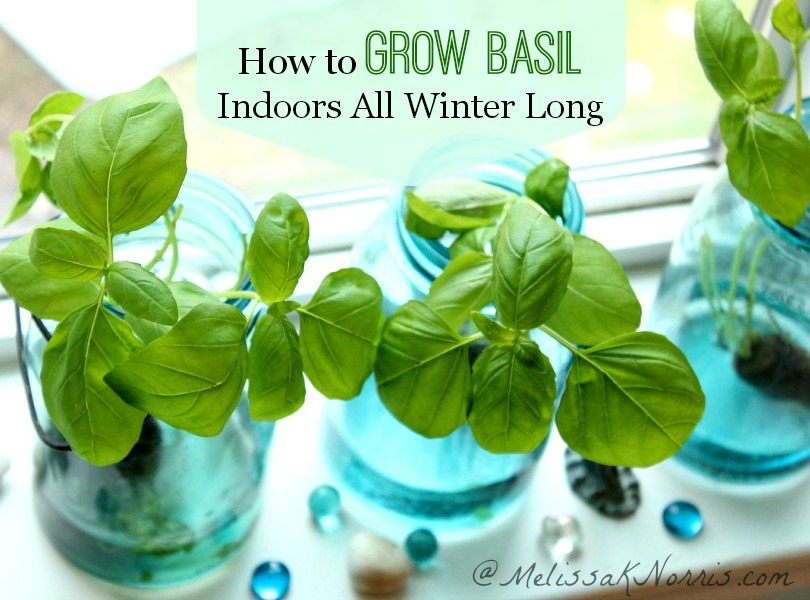Basil hard to grow
Overcoming Basil's Challenges: A Master Guide to Growing Thriving Basil Plants

Introduction: Why Your Basil Isn't Booming and What to Do About It
From my experience, one of the most common frustrations for home gardeners is the seemingly simple task of growing basil. You've seen the pictures of lush, vibrant plants on Instagram, but yours often turn brown, wilt, or become spindly. I do believe that with a little expert knowledge, anyone can go from a struggling basil grower to a true green thumb. The key lies in understanding basil's specific needs and anticipating the challenges before they even arise. I recommend focusing on a few critical areas: soil composition, watering techniques, light requirements, and pest management. By mastering these foundational elements, you can create the perfect environment for your basil to flourish, ensuring a continuous harvest of aromatic, flavorful leaves.
The Misunderstood Basil Plant: More Than Just Sun and Water
It’s easy to think of basil as a setitandforgetit herb, but it’s actually quite sensitive. From my experience, most people who struggle with basil are making a few key mistakes. They might be overwatering, underwatering, or not giving the plant enough consistent light. Others might be using the wrong type of soil or planting it at the wrong time of year. I recommend starting with the fundamentals and building your knowledge from there.
1. The Foundation of Flourishing Basil: Mastering Soil Composition
The secret to a healthy basil plant often lies hidden beneath the surface. The soil is more than just a medium to hold the plant in place; it’s the source of nutrients and the regulator of moisture. From my experience, a basil plant in the wrong kind of soil will never truly thrive, no matter how much you baby it.
The Ideal Soil Mix

When it comes to basil, drainage is paramount. Basil hates having its "feet wet" and is highly susceptible to root rot. I do recommend a soil mix that is light, airy, and drains quickly. A heavy, compacted clay soil is a recipe for disaster.
Here’s a breakdown of what to look for in a highquality soil mix:
Peat Moss or Coir: These ingredients help retain some moisture while keeping the soil light.
Perlite or Vermiculite: These are essential for aeration and drainage. They create tiny air pockets in the soil, which prevents it from becoming too dense.
Compost: A good quality compost provides a slowrelease source of nutrients. I recommend a wellaged compost to avoid any issues with pathogens.
The Importance of pH
Basil prefers a slightly acidic to neutral soil, with a pH of around 6.0 to 7.0. I do recommend testing your soil's pH before planting. If your soil is too alkaline, you can amend it with a bit of elemental sulfur. If it's too acidic, adding dolomitic lime can help bring the pH up.
2. The Art of Watering: Finding the Perfect Balance
Watering is probably the single most misunderstood aspect of basil care. Most people either overwater, leading to fungal issues, or underwater, causing the plant to wilt and become stressed. From my experience, a consistent watering schedule is far less important than understanding the plant’s actual needs.

When to Water

I recommend a simple rule: water your basil when the top inch of the soil feels dry to the touch. You can test this by simply sticking your finger into the soil. If it's still damp, wait. If it's dry, it’s time to water.
Pots vs. InGround: Basil in pots will generally need to be watered more frequently than basil planted in the ground, as the soil in a container dries out faster.
Time of Day: I do recommend watering in the morning. This gives the leaves time to dry off before evening, which helps prevent fungal diseases like downy mildew.
How to Water
When you do water, water thoroughly until you see water running out of the drainage holes at the bottom of the pot. This ensures the entire root system gets a good drink. Avoid shallow, frequent watering, as this encourages a weak root system that stays near the surface.
3. The Quest for Light: How Much is Just Right?
Basil is a sunloving plant, but it’s not indestructible. Providing the right amount of light is crucial for robust growth and flavor development. From my experience, too little light will result in a leggy, pale plant, while too much intense, direct sun can cause scorched leaves.
Finding the Sweet Spot
I do recommend aiming for 68 hours of direct sunlight per day.
Indoor Basil: If you’re growing basil indoors, a southfacing window is usually the best option. If you don’t have enough natural light, consider using a grow light.
Outdoor Basil: Plant your basil in a location that receives ample morning sun and maybe some afternoon shade, especially in very hot climates. This helps prevent the leaves from getting scorched.
Recognizing Light Issues

Leggy, Spindly Stems: This is a classic sign of not enough light. The plant is stretching, desperately trying to find a light source.
Yellow or Brown Spots on Leaves: This can be a sign of sun scorch, especially if the leaves are directly exposed to intense midday sun.
4. The Dreaded Pests and Diseases: How to Protect Your Basil
Even a healthy, wellcaredfor basil plant can fall victim to pests or diseases. From my experience, early detection and proactive measures are the best ways to protect your plant.
Common Pests
Aphids: These tiny insects cluster on the stems and undersides of leaves, sucking the sap out of the plant. I recommend using a strong spray of water to knock them off or applying a natural insecticidal soap.
Spider Mites: These are a major problem, especially in hot, dry conditions. You’ll notice fine webbing on the plant. I do recommend a consistent misting with water to keep them at bay, as they thrive in dry air.
Common Diseases
Downy Mildew: This fungal disease is characterized by yellow spots on the tops of leaves and a fuzzy, grayish mold on the undersides. It thrives in humid, cool conditions. I recommend ensuring good air circulation around your plant and avoiding overhead watering.
Fusarium Wilt: This is a more serious fungal disease that causes the plant to suddenly wilt and die. There's no cure, so prevention is key. From my experience, starting with a diseaseresistant variety is your best defense.
5. The Art of Pruning: Encouraging Bushier Growth
Pruning your basil plant seems counterintuitive—you want to grow more leaves, not cut them off! But I do recommend regular harvesting and pinching to encourage a bushier, more productive plant.
The Pinching Technique
Once your basil plant has a few sets of true leaves, you can start pinching. I recommend pinching the top two leaves off each stem, just above a pair of leaves. This forces the plant to branch out, creating a more compact and leafy plant rather than a tall, spindly one.
Harvesting for Flavor

Regular harvesting not only gives you a delicious crop but also encourages the plant to produce more leaves. I do recommend harvesting from the top of the plant to encourage new growth. Avoid harvesting more than onethird of the plant at a time to prevent stressing it out.
Conclusion: You Can Grow Beautiful Basil
Growing basil can be tricky, but it’s also incredibly rewarding. From my experience, the most successful gardeners are those who take the time to truly understand their plants' needs. By focusing on the fundamentals of soil, water, light, and pest management, you can overcome the common challenges and cultivate a thriving, productive basil plant. I do believe that with the right approach, your basil will soon be the envy of your friends and neighbors. I recommend you give these techniques a try and see the difference for yourself. Happy gardening!
Meta Keywords: growing basil hard, basil plant care, why is my basil dying, basil brown leaves, how to grow basil indoors, basil plant problems, basil watering, basil sun requirements
Comments
Post a Comment